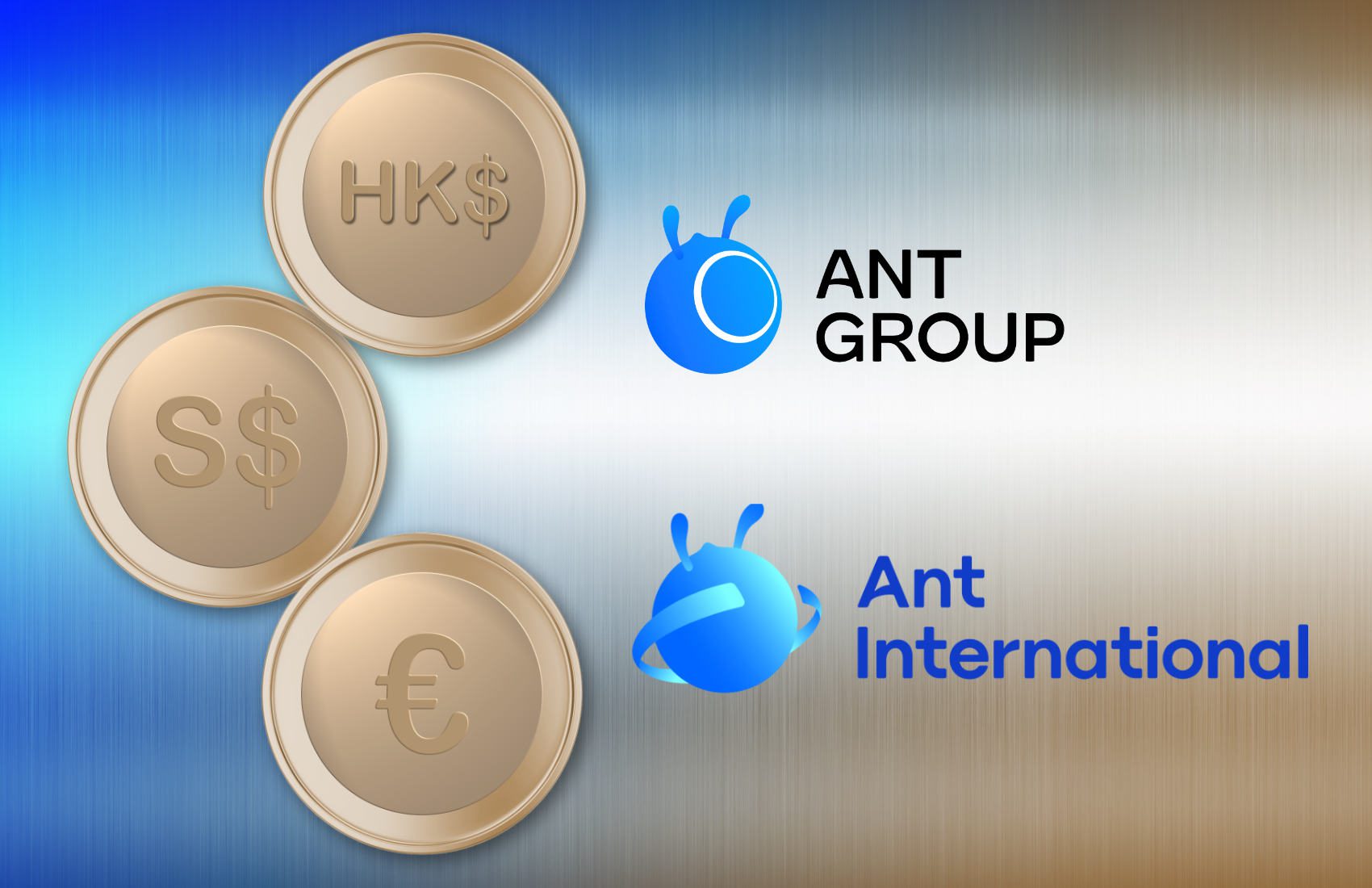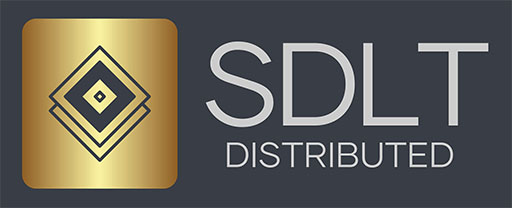
Both Ant Intl and Ant Group are planning stablecoins – Ledger Insights – blockchain for enterprise

Following our earlier report on Singapore based Ant International’s stablecoin plans, Bloomberg confirmed the company is now seeking regulatory approval in Singapore, Hong Kong, and Luxembourg for its digital asset initiatives. Ant International, which operates the Alipay+ payments network and is being spun off from China’s Ant Group, represents one prong of the expansion. Separately, Hong Kong based Ant Digital Technologies, which remains part of the mainland Ant Group, has confirmed plans for its own Hong Kong stablecoin.
Bian Zhuoqun, President of Ant Digital Technologies, confirmed to reporters today that the company intends to apply for a stablecoin license in Hong Kong. He said the firm has had several dialogues with the regulator and has completed a pilot test with the regulatory sandbox. This may not be the stablecoin regulatory sandbox because it was not listed as a member. However, Ant Digital has participated in Hong Kong’s Project Ensemble, a separate sandbox for wholesale CBDC and tokenized deposits. There it partnered with the blockchain shipping network GSBN to explore tokenized electronic bills of lading (eBL). The company has been involved in various tokenization initiatives that we recently outlined.
Ant’s blockchain strategy
These initiatives provide context for understanding Ant Group’s broader blockchain strategy. It was an early adopter of blockchain technologies and developed its own blockchain AntChain. Until now it has been exploring tokenized deposits and CBDCs. For example, Ant International has its blockchain-based Ant Whale platform that the group’s treasury uses to move money around the world. It has integrated with several tokenized deposit solutions including DBS, Standard Chartered, OCBC, HSBC, BNP Paribas and JP Morgan’s Kinexys Digital Payments (formerly JPM Coin). This week it announced plans with Deutsche Bank.
However, these particular examples of tokenized deposits tend to be standalone solutions where the payments only work between clients of the same bank. For corporates that can be useful to move money between international branches 24/7 and in real time. There are examples of tokenized deposit solutions that work interbank, but there are relatively few and most are still quite immature.
So why is Ant now leaning into stablecoins?
The rationale behind this shift became clearer in a previous discussion. Kelvin Li, Head of Platform Tech at Ant International, spoke about the issues last year with the CEO of stablecoin issuer Circle, Jeremy Allaire.
“CBDC and tokenized deposits have their strengths but also weaknesses,” he said. “For example, (for) CBDC we’ve joined a few pilot projects here in Hong Kong and other jurisdictions which helped us to move liquidity, but on a pilot basis. It still needs time for CBDC to grow. Tokenized bank deposits are good but work in one closed loop bank ecosystem. It has a few challenges. ie. cross bank movement of tokens, cross currency movement of tokens and cross chain, because some of the tokenized deposits (are) issued on different chains. Regulated stablecoins are another format we’ll look at which seems to have an advantage and will allow us to address some, or even most, of the pain points.”
In short, stablecoins are open and available at scale today. Although the range of currencies is still relatively limited.
